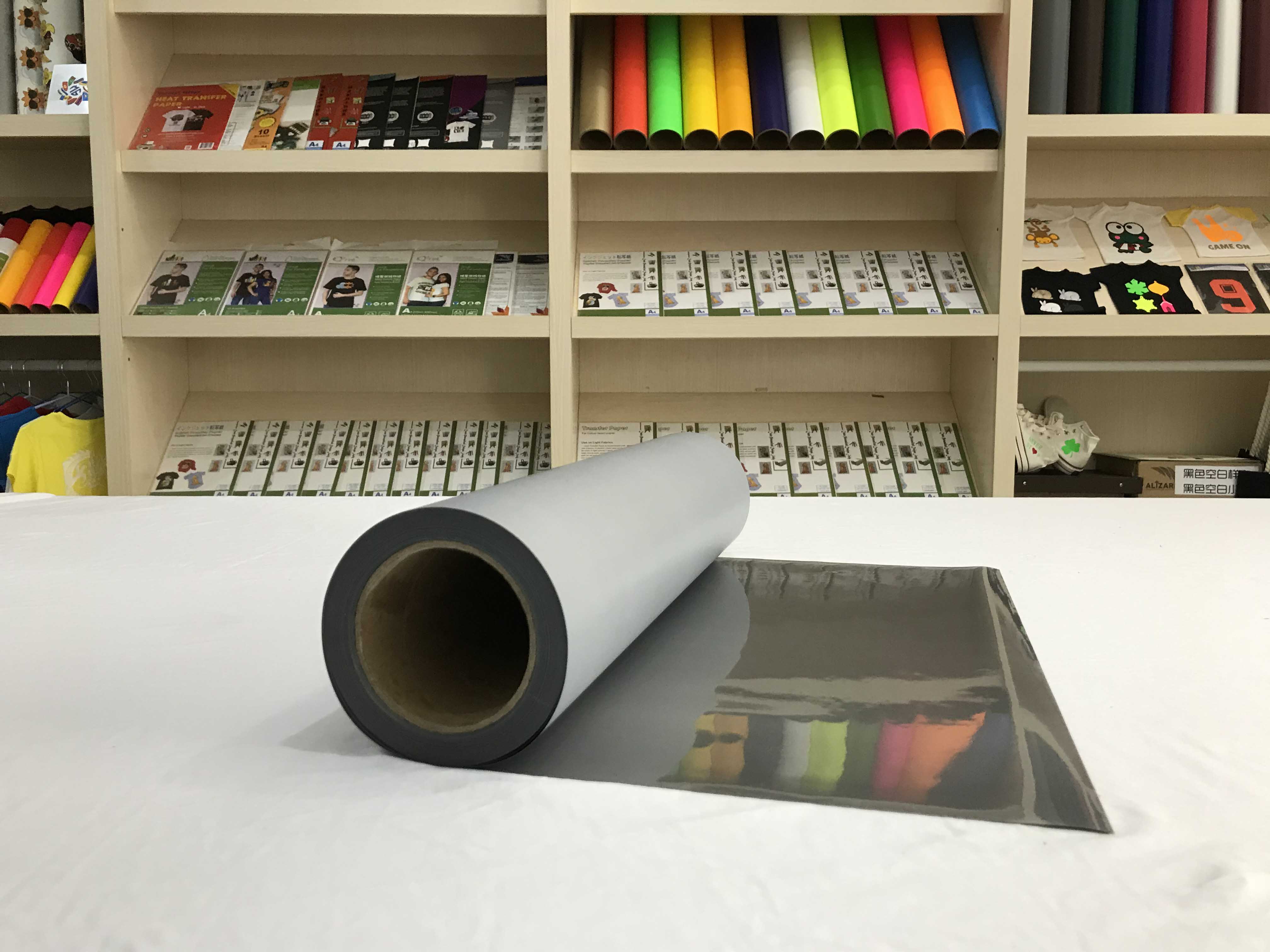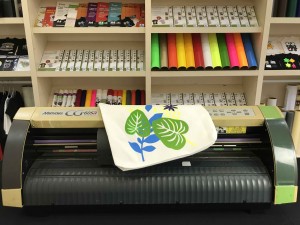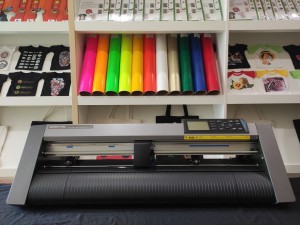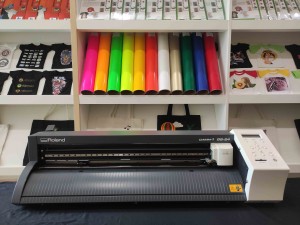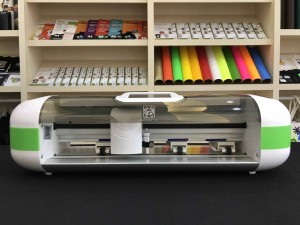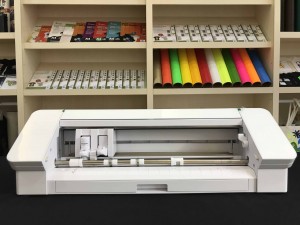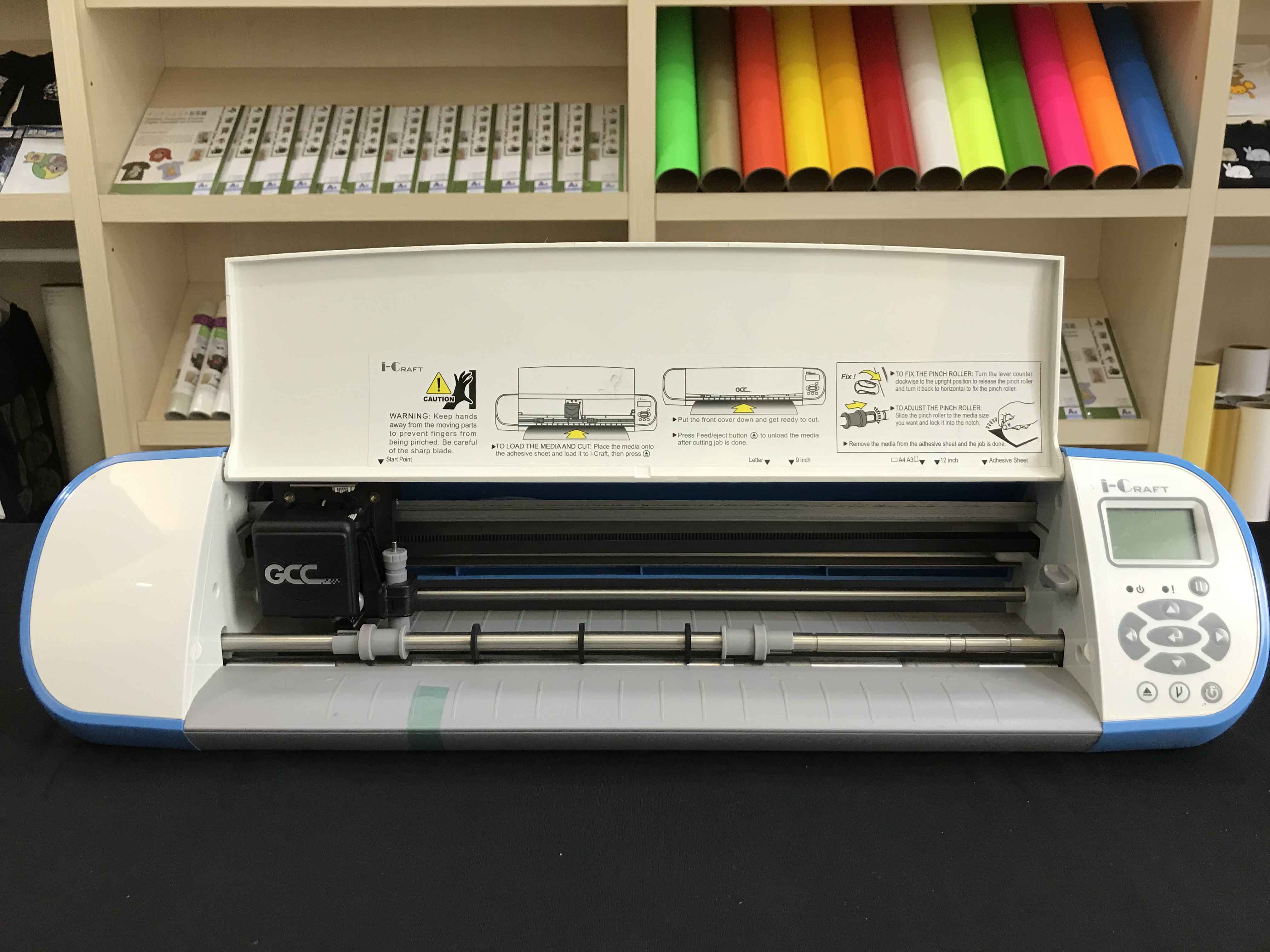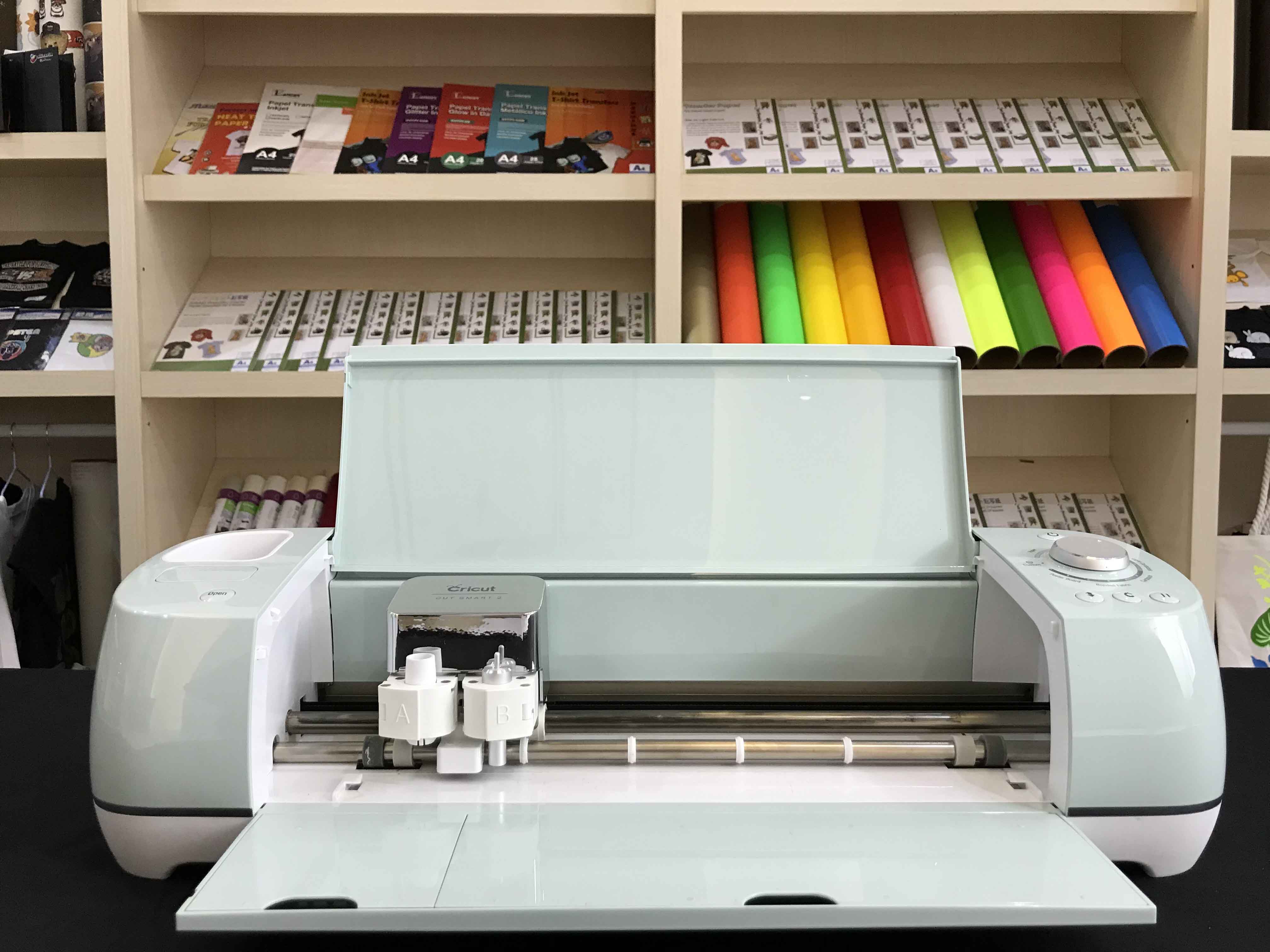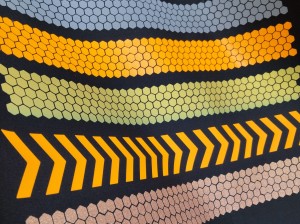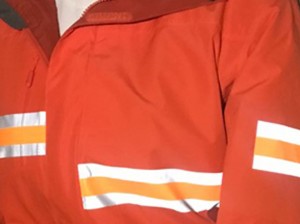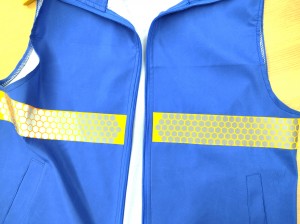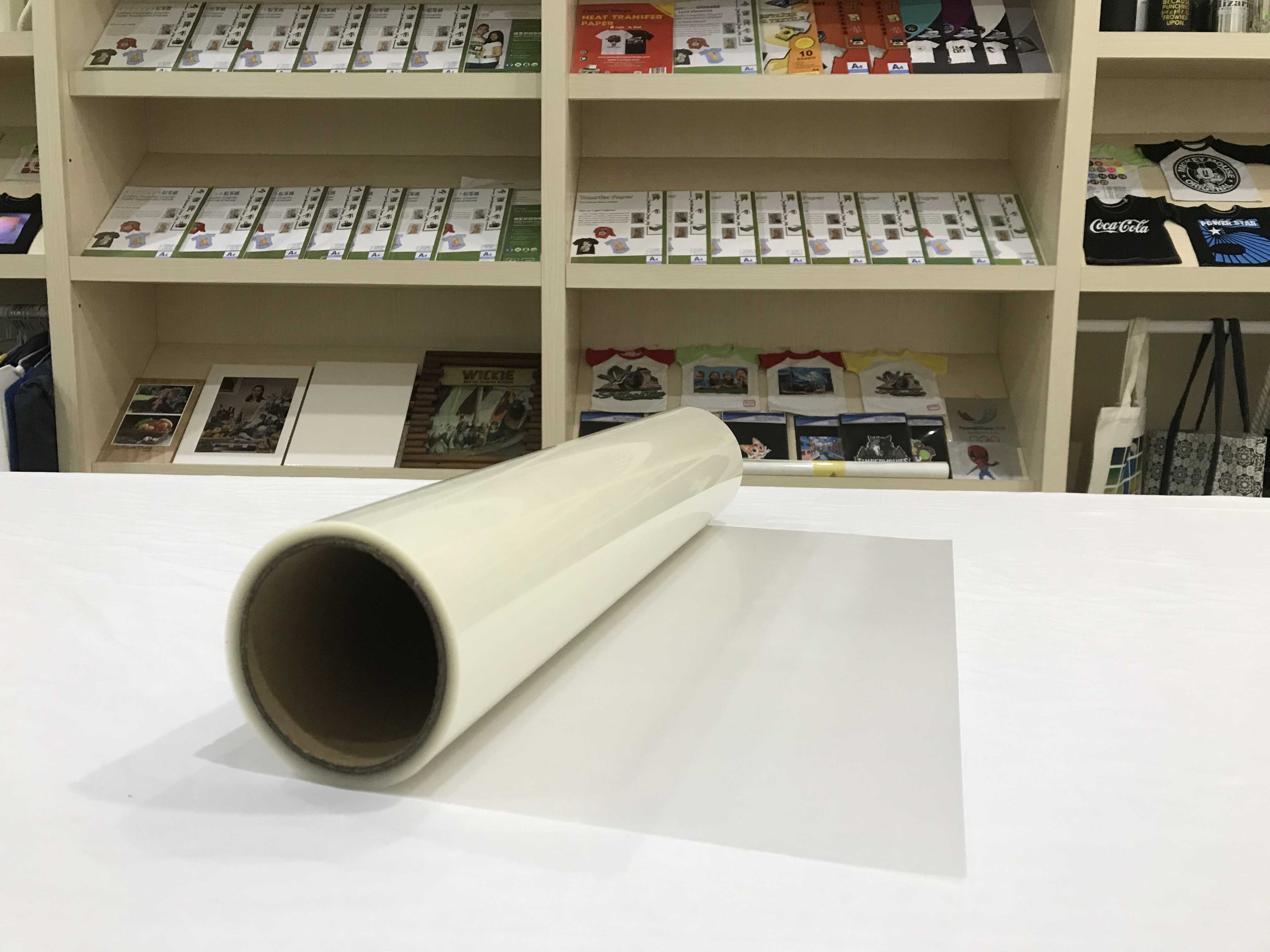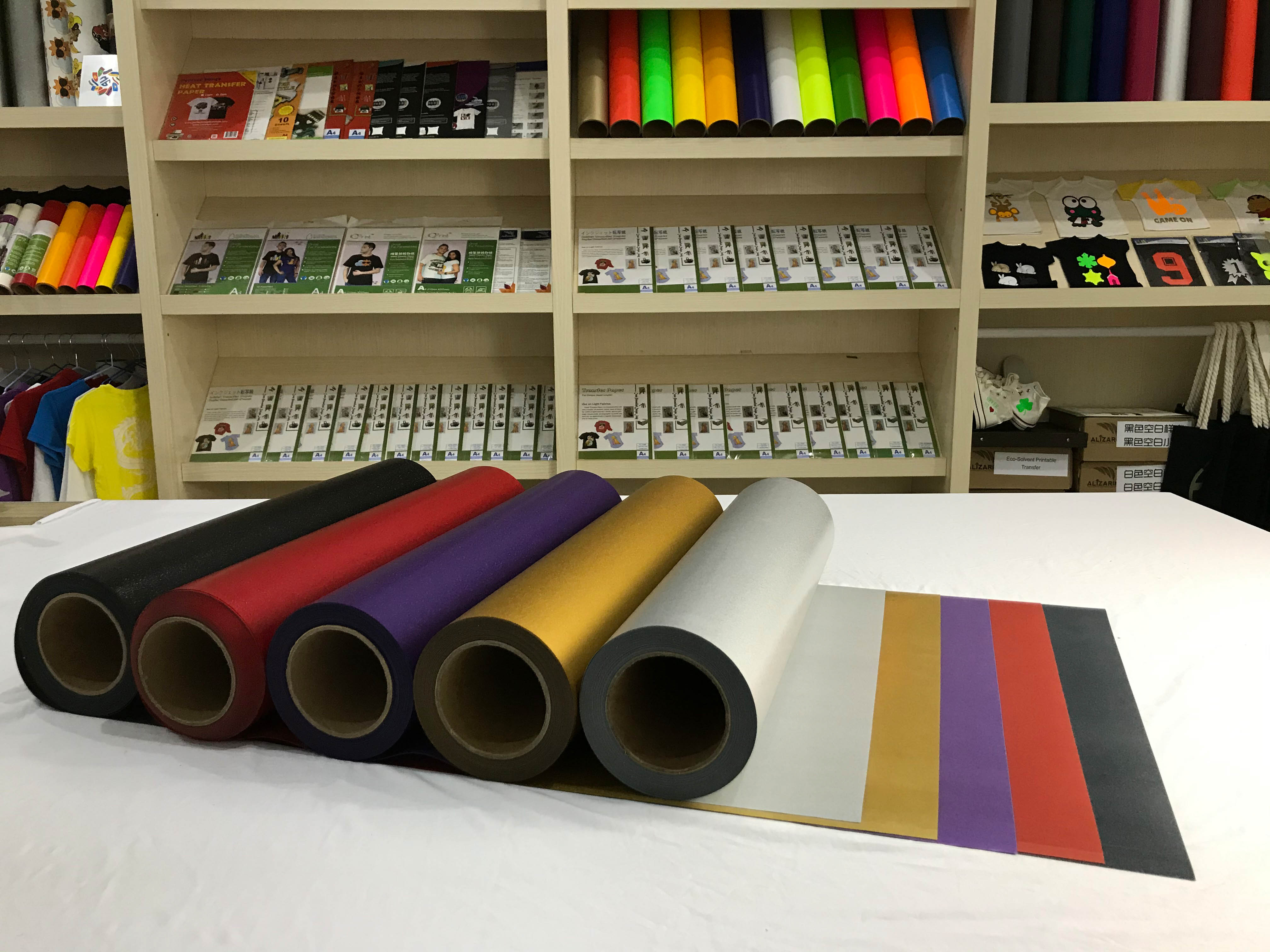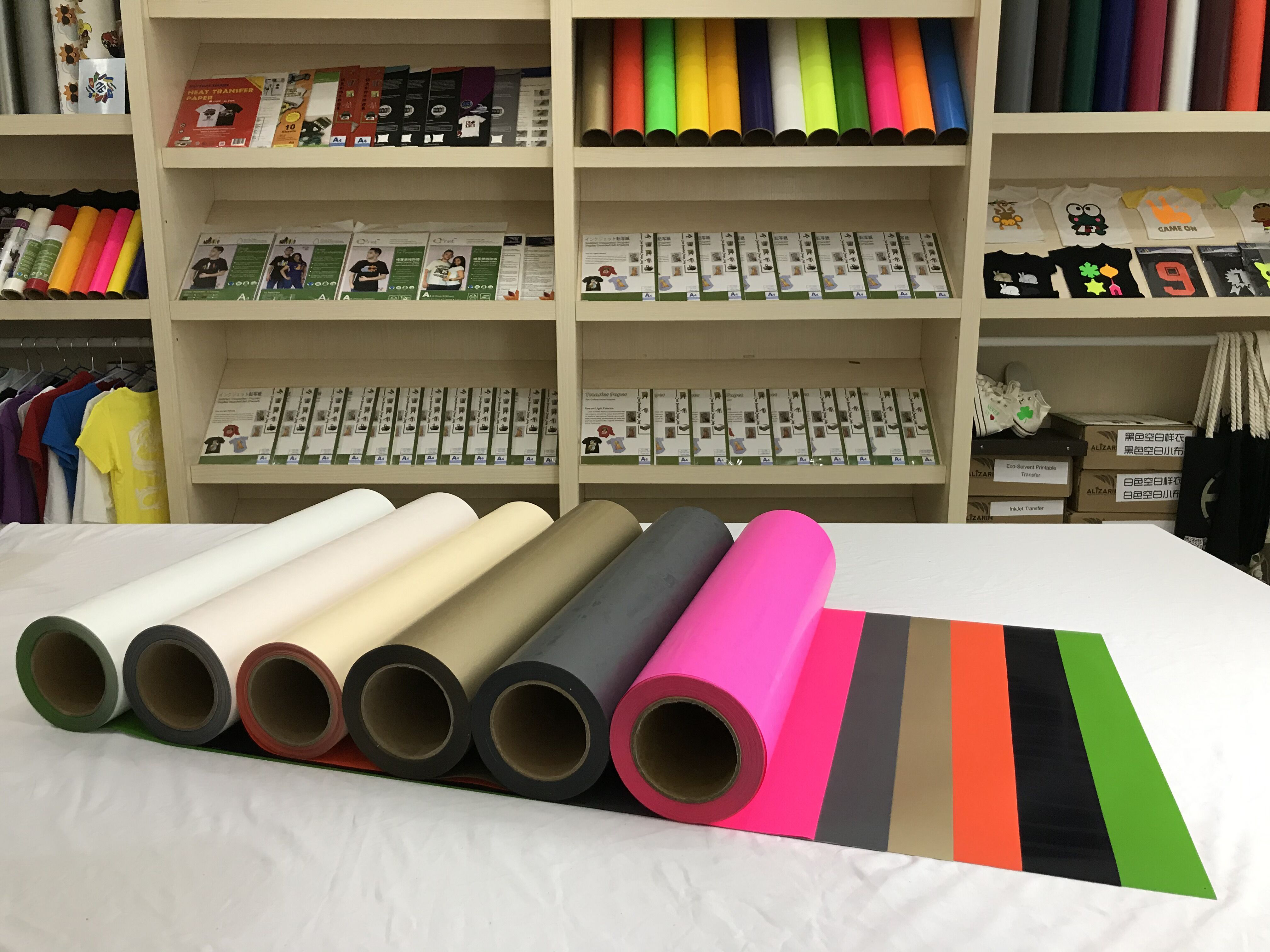Heat Transfer PU Flex Reflective
Product Detail
Heat Transfer PU Flex Reflective
Heat Transfer PU Flex Reflective is a Polyurethane flex based on release or adhesive polyester line with reflective effect to increase visibility under the light, it is produced according to the Oeko-Tex Standard 100 standard. With our innovative hot melt adhesive, so it is suitable to transfer onto textiles like cotton, mixtures of polyester/cotton, rayon/spandex and polyester/acrylic etc. It can be used for T-shirts, sport & leisure wear, uniforms, biking wear and promotional articles.
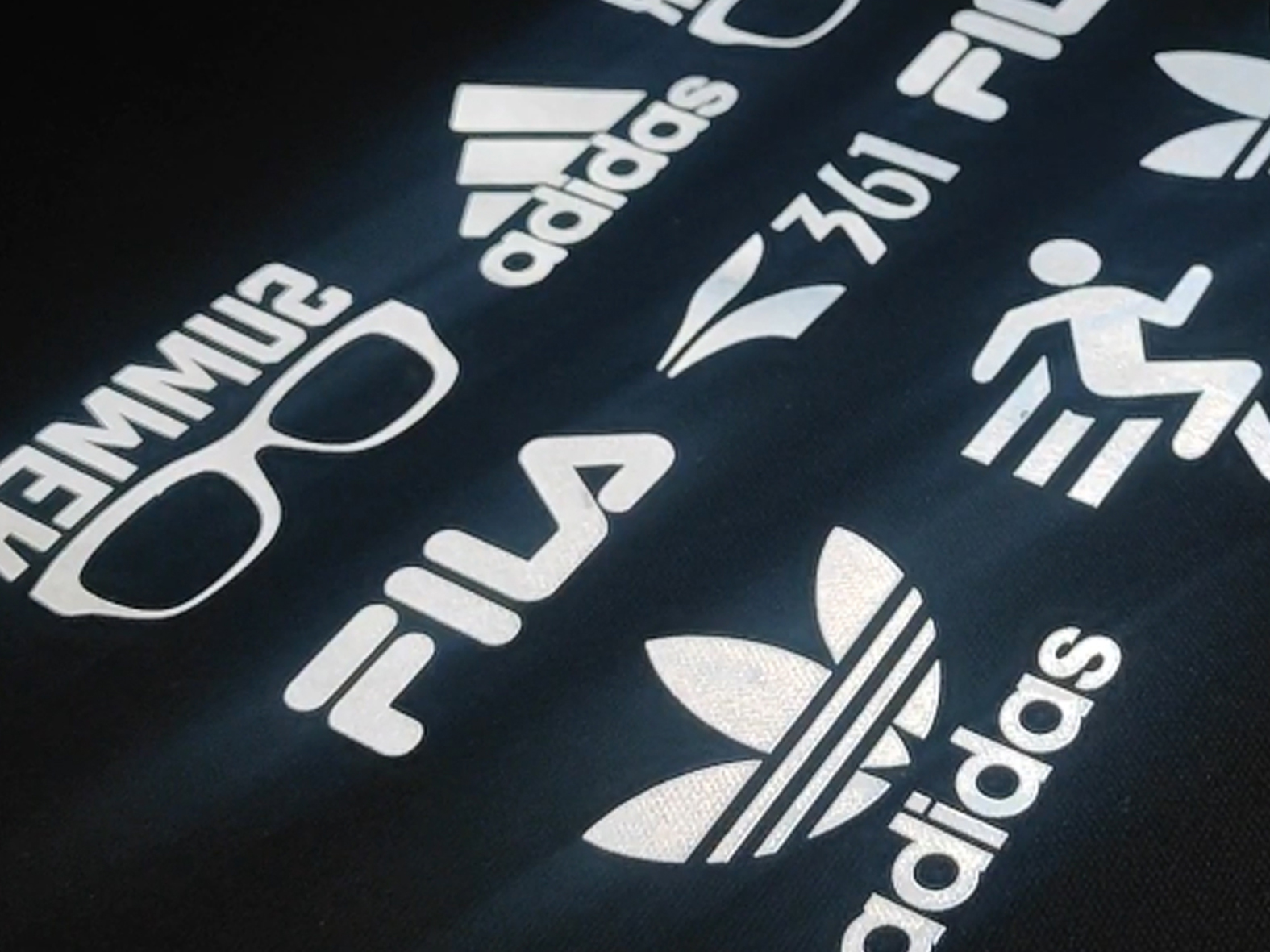
Advantages
■ Reflective effect to increase visibility under the light.
■ Designed for vivid results on dark or light-colored cotton or cotton/polyester blend fabrics
■ Ideal for work clothes, T-shirts, uniforms, canvas bags, etc.
■ Transferred by heat press machines. or by a regular household iron, mini heat press,
■ Good washable and keep coloration
■ More flexible and more elastic
Logos and Numbers of Work Clothes and Uniforms with Heat Transfer Reflective
1. Vinyl Cutting Plotter
Size: 50cm X 15 M / Roll
all conventional vinyl cutting plotters such as : Roland GS-24, Mimaki CG-60SR, Graphtec CE6000 etc.
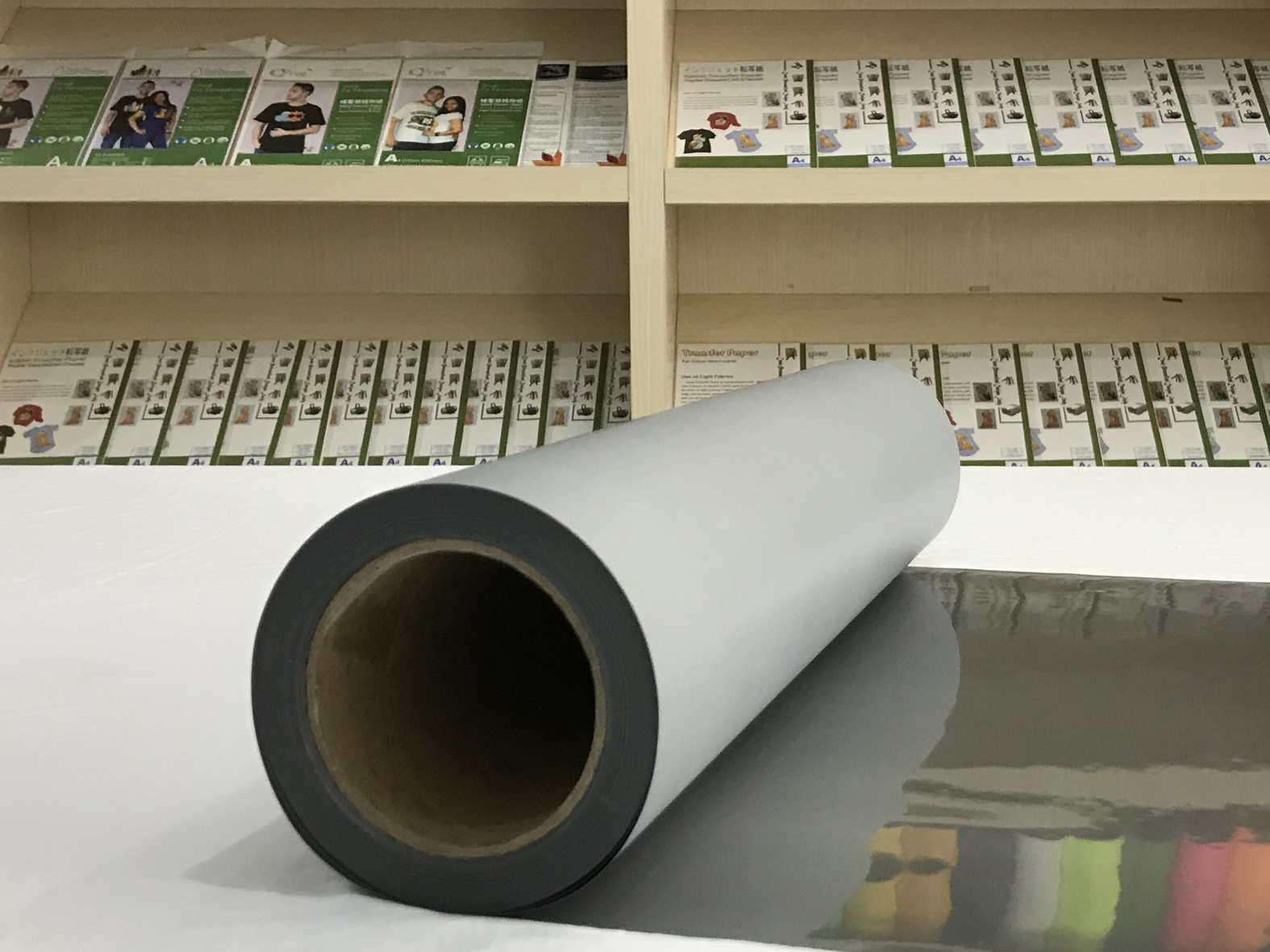
2. Desk Vinyl Cutting Plotter
Size: 12'' X 50cm / Roll, and A4 sheet
desk cutting plotter such as Panda Mini cutter, Silhouette CAMEO, GCC i-Craft, Cricut etc. to make a design.
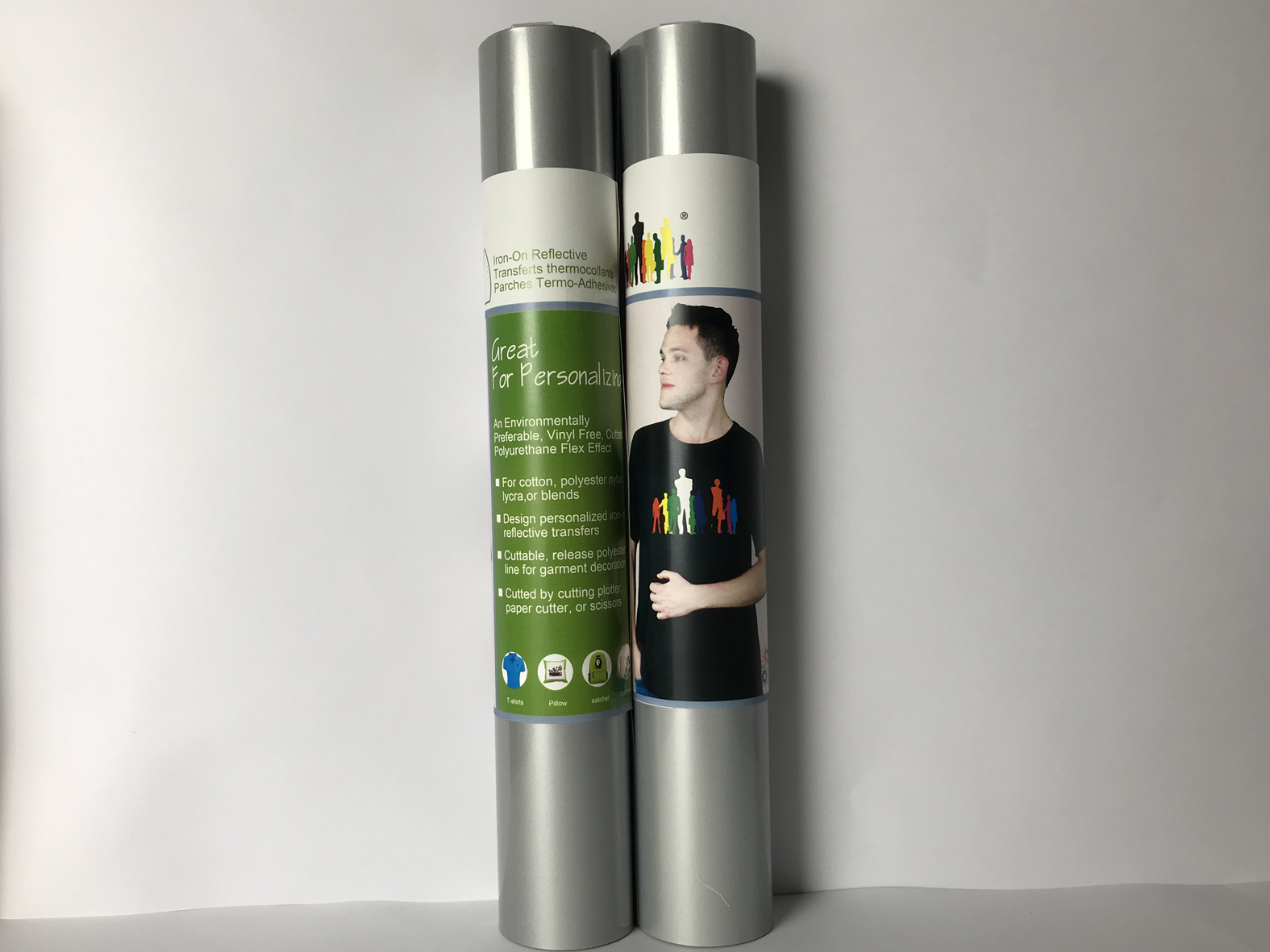
3. Decorative Heat Transfer Tape
Size: 2.5cm, 5.0cm X 100 M /roll
Heat transfer reflective tape for safety Apparel & Decorative Textiles, leathers etc.
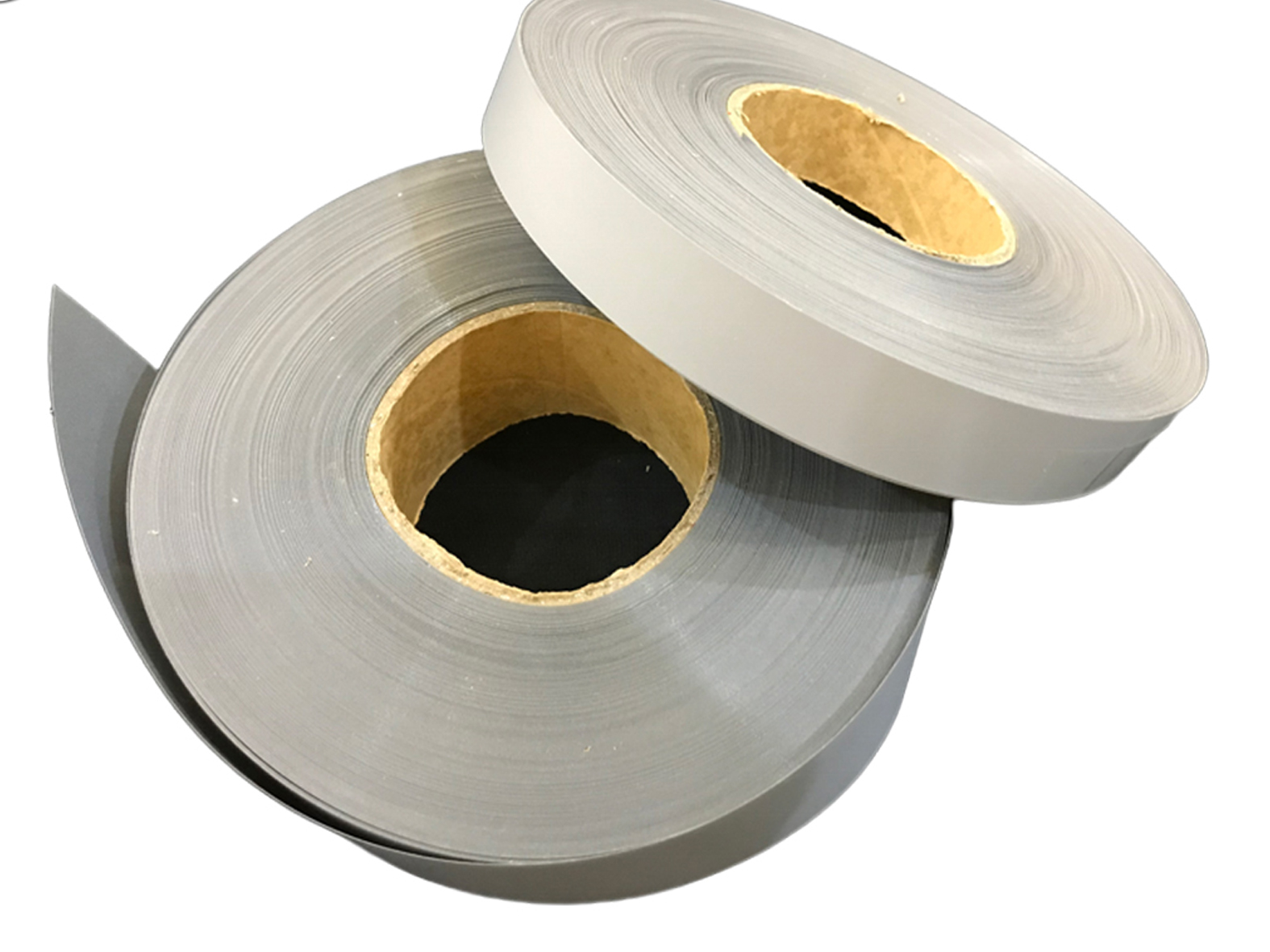
Product Uasge
4.Cutter Recommendations
Heat Transfer PU Flex Reflective can be cut by all conventional cutting plotters such as : Roland CAMM-1 GR/GS-24,STIKA SV-15/12/8 desktop, Mimaki 75FX/130FX series,CG-60SR/100SR/130SR,Graphtec CE6000 etc.
5.Cutting plotter setting
You should always adjust the knife pressure, cutting speed according to your blade ages and the Complicated or size of text.
Note: The above technical data and recommendations are based trials, but our customer’s operating environment, non-control, we do not guarantee their applicability, Before use, Please to first full test.
6.Iron-On transferring
■ Prepare a stable, heat-resistant surface suitable for ironing on.
■ Preheat the iron to the < wool> setting, recommended ironing temperature 165°C.
■ Briefly iron the fabric to ensure that it is completely smooth, then place the transfer paper onto it with the printed image facing downwards.
■ Do not use the steam function.
■ Make sure that the heat is evenly transferred over the entire area.
■ Iron the transfer paper, applying as much pressure as possible.
■ When moving the iron, less pressure should be given.
■ Don’t forget the corners and edges.

■ Continue ironing until you have completely traced the sides of the image. This entire process should take about 60-70 seconds for an 8”x 10” image surface. Follow-up by ironing the whole image quickly, heating all of the transfer paper again for approximately 10-13 seconds.
■ Peel the back paper starting at the corner after the ironing process.
7.Heat press transferring
■ Setting heat press machine 165°C for 15~25 seconds using moderate pressure. the press should snap closed firmly.
■ Briefly press the fabric 165°C for 5 seconds to ensure that it is completely smooth.
■ Place the transfer paper onto it with the printed image facing downwards.
■ Press machine 165°C for 15~25 seconds.
■ Peel the back film starting at the corner.
8.Washing Instructions:
Wash inside out in COLD WATER. DO NOT USE BLEACH. Place into the dryer or do hang to dry immediately. Please do not stretch the image transferred or the T-shirt as this may cause cracking to occur, If cracking or wrinkling does occur, please place a sheet of greasy proof paper over the transfer and heat press or iron for a few seconds making sure to press firmly over the entire transfer again. Please remember to not iron directly on the image surface.
9.Finishing Recommendations
Material Handling & Storage: conditions of 35-65% Relative Humidity and at a temperature of 10-30°C.
Storage of open packages: When an open packages of media is not being used remove the roll or sheets from the printer cover the roll or sheets with a plastic bag to protect it from contaminants, if you are storing it on end, use an end plug and tape down the edge to prevent damage to the edge of the roll do not lay sharp or heavy objects on unprotected rolls and do not stack them.


